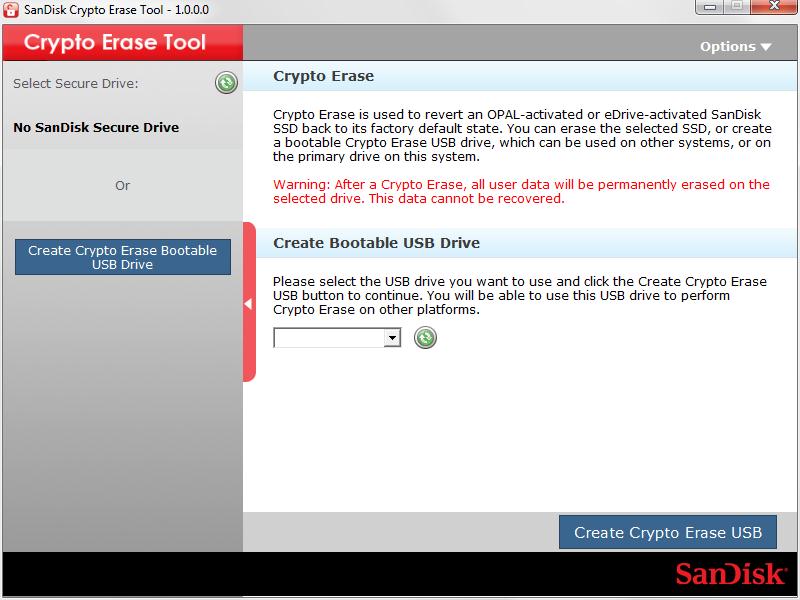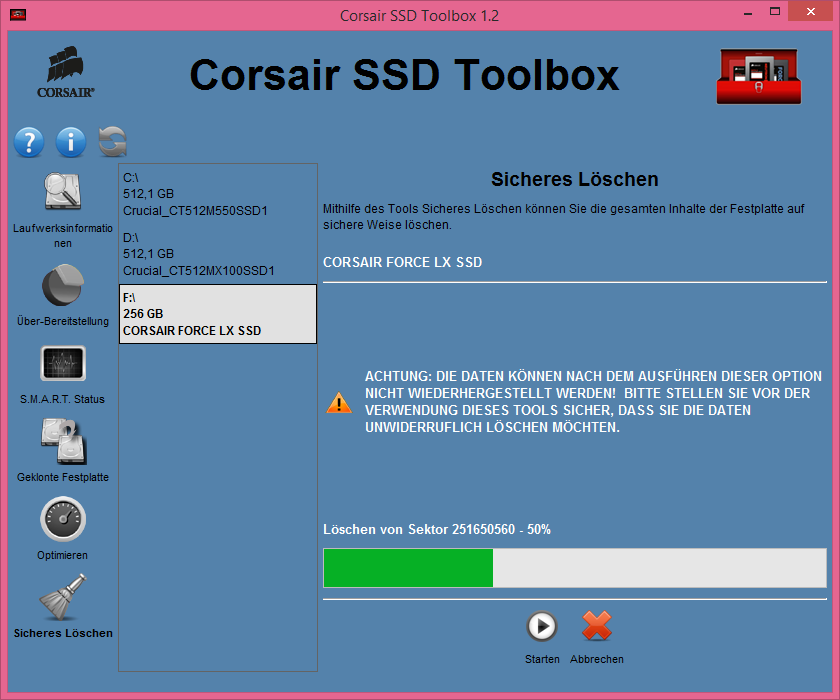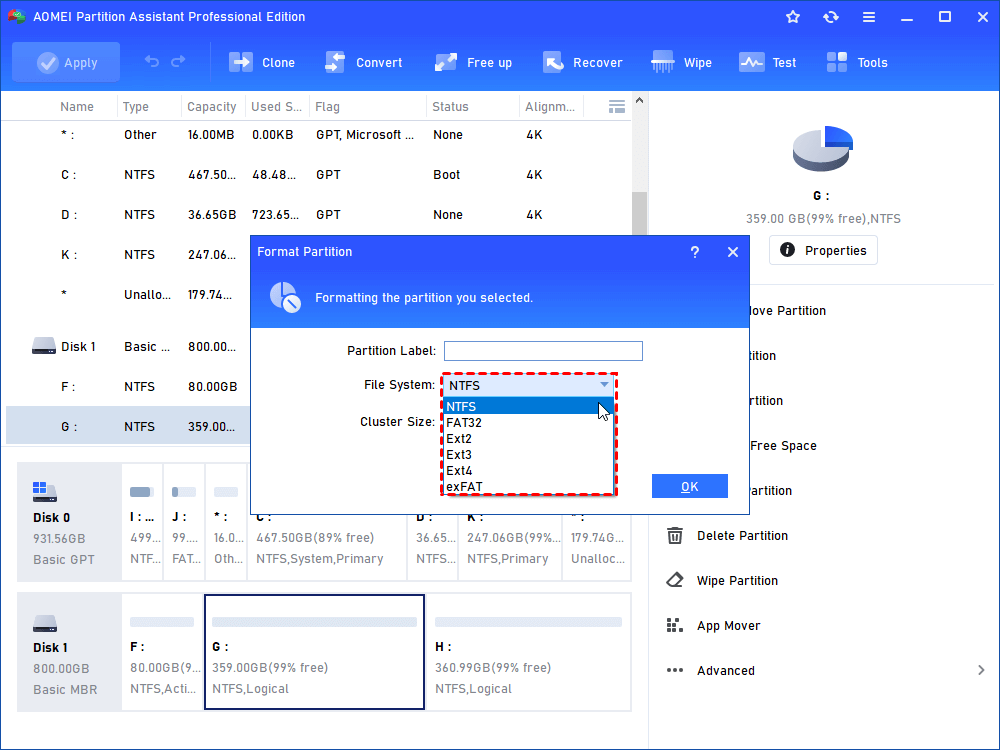
High accuracy equipment may be able to read previous magnetic states directly from the platter to recover data. NOTE: Technically, these successive overwrites should also be done with a traditional HDD, but for a totally different reason. The more successive overwrites the higher the chances that you will have written to every cell. Many manufacturers are now providing tools that will allow you to manage the drive and securely wipe it but should your drive not have such a tool there are few perfect workarounds.Īside from reverse-engineering a tool to manage the memory controller the best method I know of is to do many successive writes.įilling the drive with random data and then doing so again and again will cause the drive to constantly remap the cells and eventually you'll overwrite enough of them to be reasonably secure.

Without a tool that can leverage the memory controller your OS has no way of addressing every single cell at any given time. This creates the security issue that you've encountered. Instead, your drive actually has 10-20% more storage than the listed capacity and an onboard memory controller will dynamically map empty cells and, during low load, wipe unmapped ones. As a result, writing would be slow if additional technology wasn't implemented.

I've left the references below for posterity and because it does technically work fine if you're using random data, but given that just using 0s is much faster, that's probably the more reasonable option.įlash storage, particularly SSDs, require a block/cell be wiped before more data can be written.

UPDATE: Upon looking back it looks like using random data is not really necessary as a successful platter-level 'previous state' attack on a zeroed drive has yet to be proven possible in a real-world attack.


 0 kommentar(er)
0 kommentar(er)
